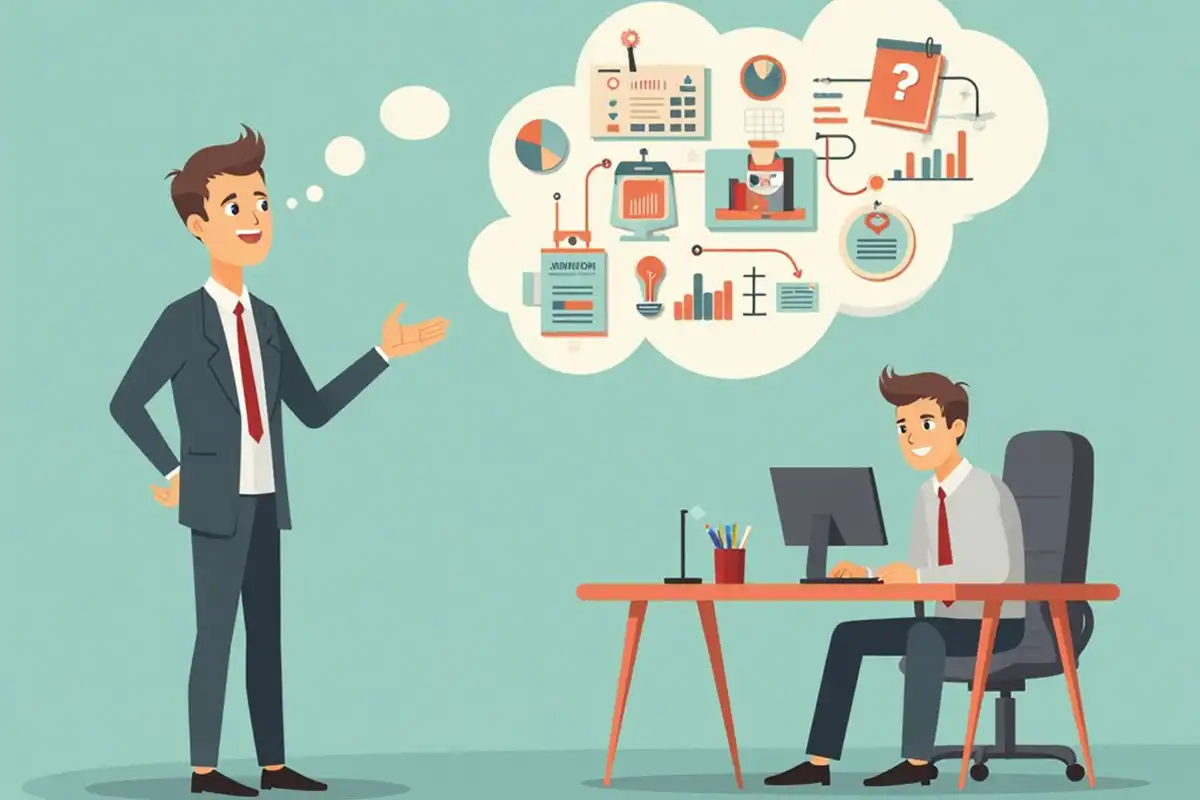Accounting of materials as one of the types of current assets of an organization used in its economics (for the production of products/services), carried out on the accounting account 10.
It is important to understand that everything that is bought, transferred from someone and has the sign of a short-term asset (commodity-material value - goods and materials) always passes through the 10th.
To capture the basic essence and the principle of accounting for materials in any organization, let's give a simple example with a visual description of a business transaction involving account 10.

The organization bought 100 rubles worth of material from a certain company. (D sch.60 - To sch.51 - the money in the organization's account has been transferred to debit debt).
It was delivered by transport from the supplier to her warehouse.
The storekeeper took the material to the warehouse and handed over the documents confirming this (invoice) to the accountant, who registered it by making the following posting:
For account 10 to account 60 by 100 rubles.
That is, the accountant closed the supplier's accounts receivable and increased the balance on account 10.
The supplier owed the organization the material for which it had previously paid, and this debt hung on account 60 ("Settlements with suppliers and contractors"), in his debit. Now the material has been delivered to the organization, and the accountant calmly closed this account (debit balance (because account active) it became 0) and increased the material warehouse through account 10 (the debit balance has become 100 rubles). Simply put, one thing has turned into another.
Well, the organization bought the material for a reason, but for its own production.
Next, the storekeeper transfers it to production (to the head of the shop, the foreman, etc.), indicating the fact of the transfer in some internal document (internal invoice, etc.), after which he sends it to the accountant, who already makes the following postings:
For account 20 to account 10 for 100 rubles
Account 10 is credited (credit turnover) and eventually closed - the debit balance of this account becomes 0, and the balance of account 20 increases by this amount.
For reference:
Accounts 10 «Materials» and 20«Main production» are active (immediately from balance associate to understand what it means) and balances on them are accounted for by debit. Therefore, when something comes to them, it is in Debit (debit turnover), and if it leaves them, then in Credit (credit turnover). And since there are no credit balances on active accounts, the credit turnover indicates that we write off what is in its debit (the debit balance decreases), and what remains after the decrease, this is the debit balance.
This is the principle accounting of materials in any organization only with its own characteristics and nuances prescribed in its accounting policy.
Well, for example, the transfer of materials by a storekeeper to production (from account 10 to account20) within a month can be carried out not at actual prices, but at discount prices (as close as possible to the actual ones, we can say invented).
And immediately the question is why … is it done this way?
This is done to simplify accounting so that the accountant makes a final calculation of the actual cost of writing off materials in cost was carried out only at the end of the month, when all the papers confirming all the volumes of transfer of materials and their cost in fact will be collected. And during the month (before the reporting period is actually completed), all movement (transfer) is carried out precisely at discount prices. At the end of the month, these prices are simply adjusted by the amount of their deviation from the fact for the month, with the write-off of overspending or savings on the account.10,20,23,25,26. Such adjustments are made in accounting, usually through accounts 15,16. But that's another story.
The principle of accounting for materials: accounting account 10 – the essence is simple


































